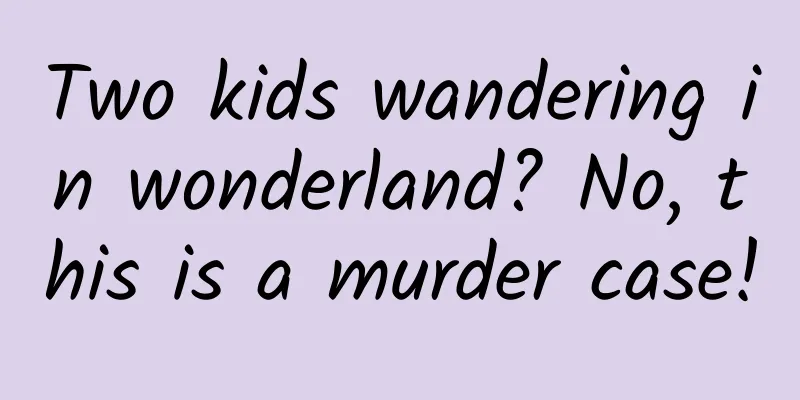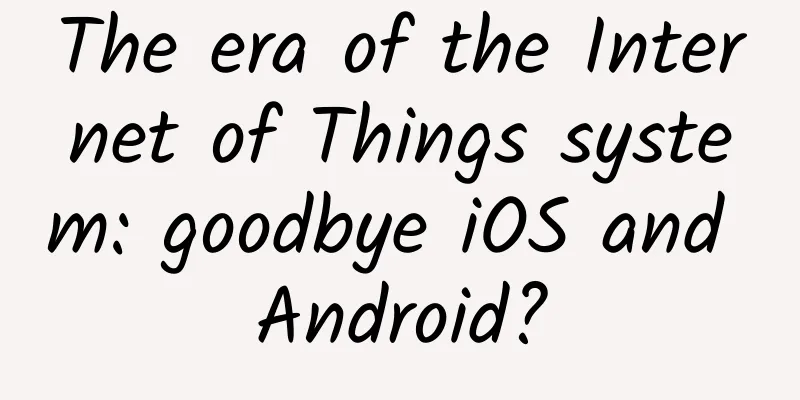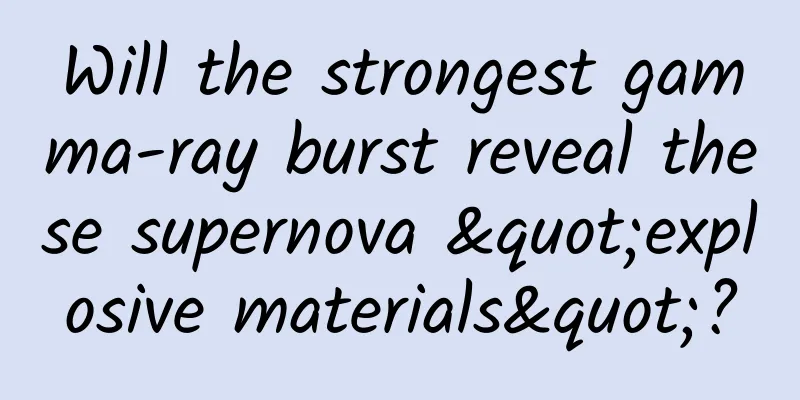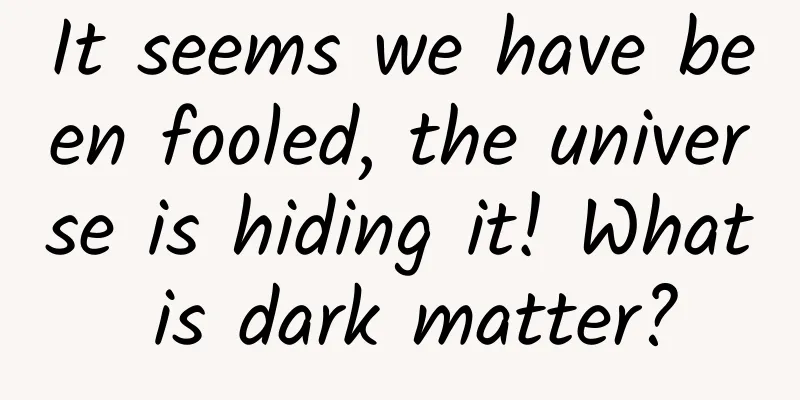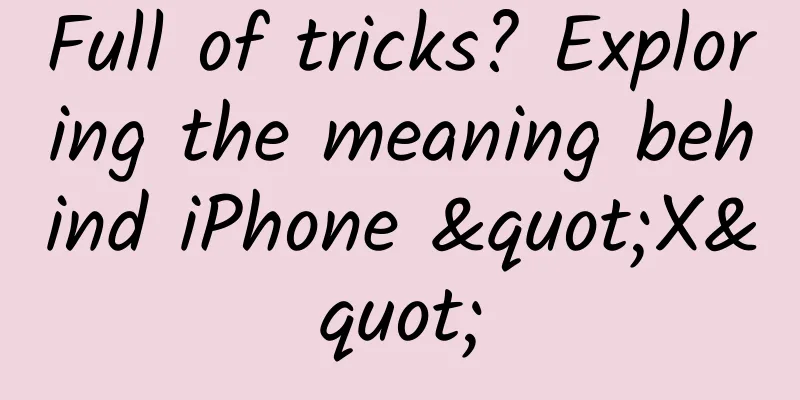Google open-sources Eddystone BLE beacon communication format to challenge Apple
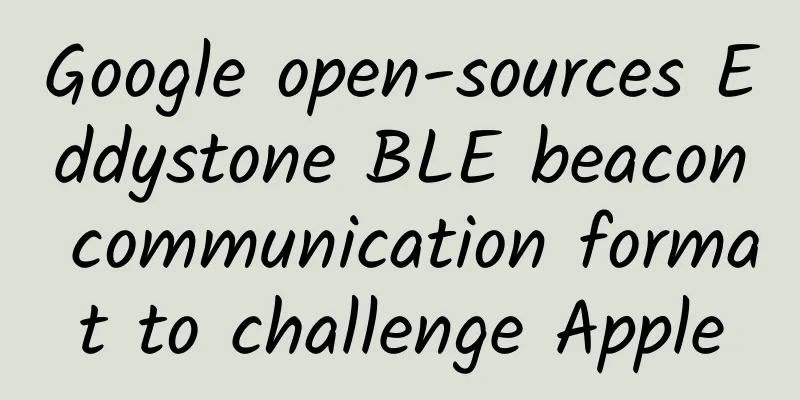
|
Google today open-sourced a low-power Bluetooth Low Energy (BLE) beacon communication format called Eddystone, which is mainly used to help developers use Beacons hardware and provide location-based smartphone communication transmission. Eddystone can be easily used on iOS, Android and other operating systems. Eddystone mainly does two things: one is to tell mobile devices where they are and what is around them, and the other is to use online data to connect to the actual location. Eddystone has two new APIs: Nearby API and Proximity Beacon API, which help developers focus on data transmission to devices within the range of selected Beacons. Nearby API is available for Android and iOS: it allows applications to discover nearby "Beacons" hardware and confirm the current context, such as a nearby bus stop or a store you passed by. The Proximity Beacon API connects the semantic location (actual location) and related data stored in the cloud. Google said its existing location API (Places API) will gradually integrate with the Proximity Beacon API. Beacons are low-power hardware that use Bluetooth to transmit data. Because the range of Bluetooth connections is smaller than that of public Wi-Fi and cannot work like GPS, retailers, developers, and corporate companies mainly use it to accurately locate users and send relevant information based on their location. Google hopes that developers can use Eddystone to develop applications that are more in line with specific scenarios. For example, when a user is at a local bus station, the user's mobile phone can provide bus times, or when the user arrives at a performance venue, the mobile phone can display the barcode of the performance ticket. It's like when you walk into a restaurant, you can receive a menu on your mobile phone. Users can view the menu and browse pictures to find more detailed information without having to anxiously look for a waiter.
There is no doubt that Google hopes to compete with Apple's iBeacon technology through Eddystone. However, Google said that the format of Eddystone has nothing to do with what platform the developer uses. It can be well adapted to Android and iOS developer APIs, supports most existing BLE devices, has a flexible architecture to support the development of new framework types, and is fully compatible with the Bluetooth Core Specification. Currently, Google does not plan to charge for Eddystone, and its current third-party suppliers include Estimote, Bluvision and Kontakt. |
<<: 10 Best JavaScript Development Practices You Need to Know
>>: An article to understand the product logic and strategic layout behind the Alipay 9.0 revision
Recommend
Is Apple blocking third-party batteries out of genuine consideration for users, or is it overbearing marketing?
Apple phones are probably the hottest stars in th...
Woolen sweaters shrink when washed, so will woolen sweaters shrink when they take a bath?
There are a wide variety of wool sweaters on the ...
Didi’s growth secret: How to discover the most effective channels and growth methods?
The author of this article has worked for Didi an...
“Olive oil is the best oil”, “Olive oil is a waste of money”? The truth is…
“Olive oil is the best cooking oil” / “Buying oli...
Search promotion keyword optimization tips!
As we all know, netizens passively receive inform...
Win10 vs Win8: A must-upgrade for DX12 games
It's difficult to figure out Windows 10 perfo...
When is the exact date of the 2020 US election? The US election is getting closer, and Biden accepts the presidential nomination
The US election is getting closer, and Biden has ...
How to quickly lock in users and achieve satisfactory promotion results?
Every industry takes two things into consideratio...
These 24 practical widgets will turn your iPhone into an efficient tool in seconds
In fact, since iOS 8, Apple has integrated widget...
How to do data analysis for information flow promotion?
It seems that many entrepreneurs like to talk abo...
There is a way to save the dinosaurs! But it's 66 million years too late...
September 27, 2022, Beijing time. For two asteroi...
Why is juniper pollen so popular? The scientific truth behind the "smoking" of the top streamers
This spring, juniper pollen has become a "to...
No flowers to enjoy in May? Learn more about peonies
As the saying goes, "See peonies in the thre...
Home appliance manufacturers must be wary of the frog effect: otherwise they will be stuck in the quagmire and unable to escape
The frog effect, which is caused by boiling a fro...
Virtual reality touches the virtual world in reality: the technological revolution behind the visual feast
As early as 50 years ago, virtual reality has app...


